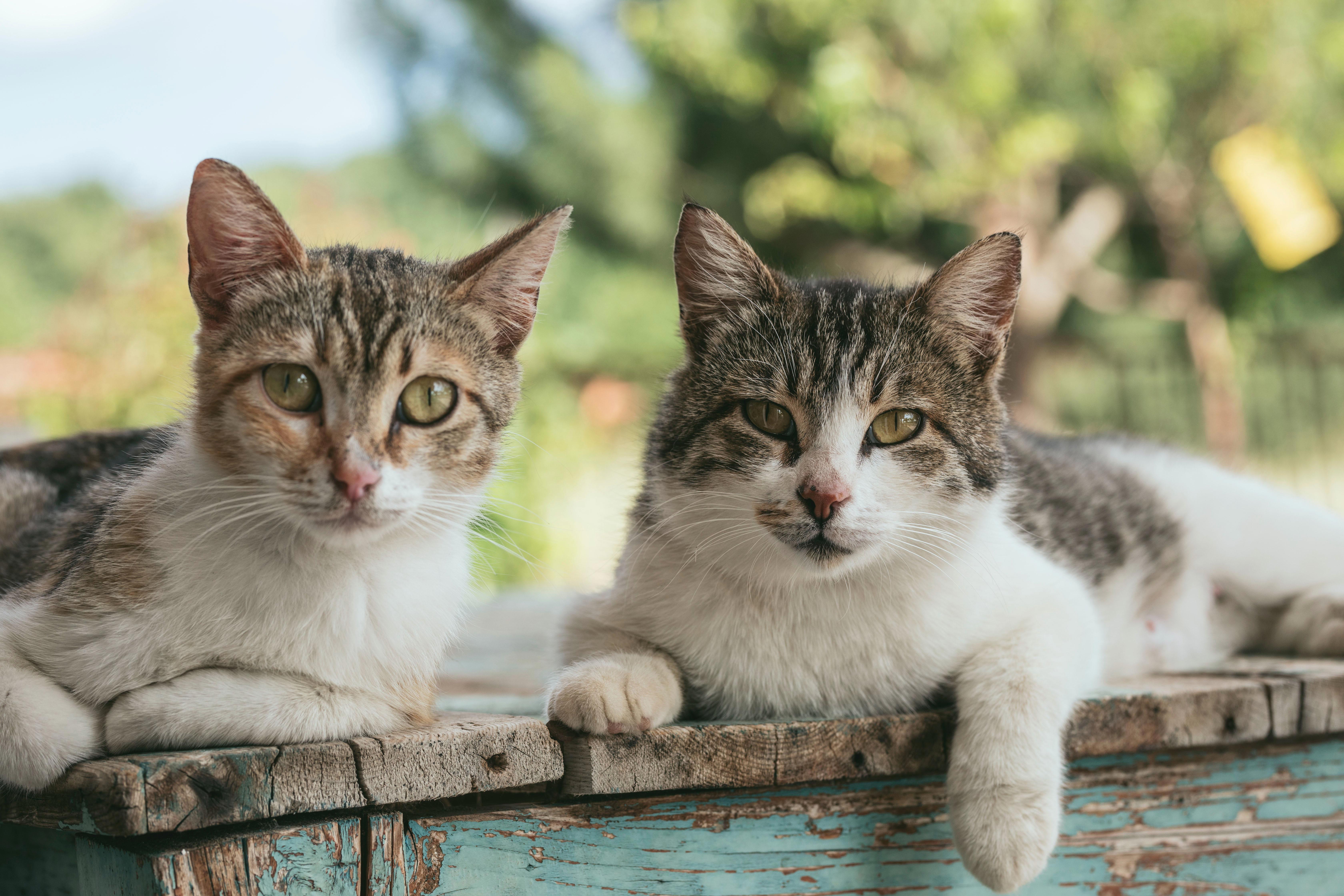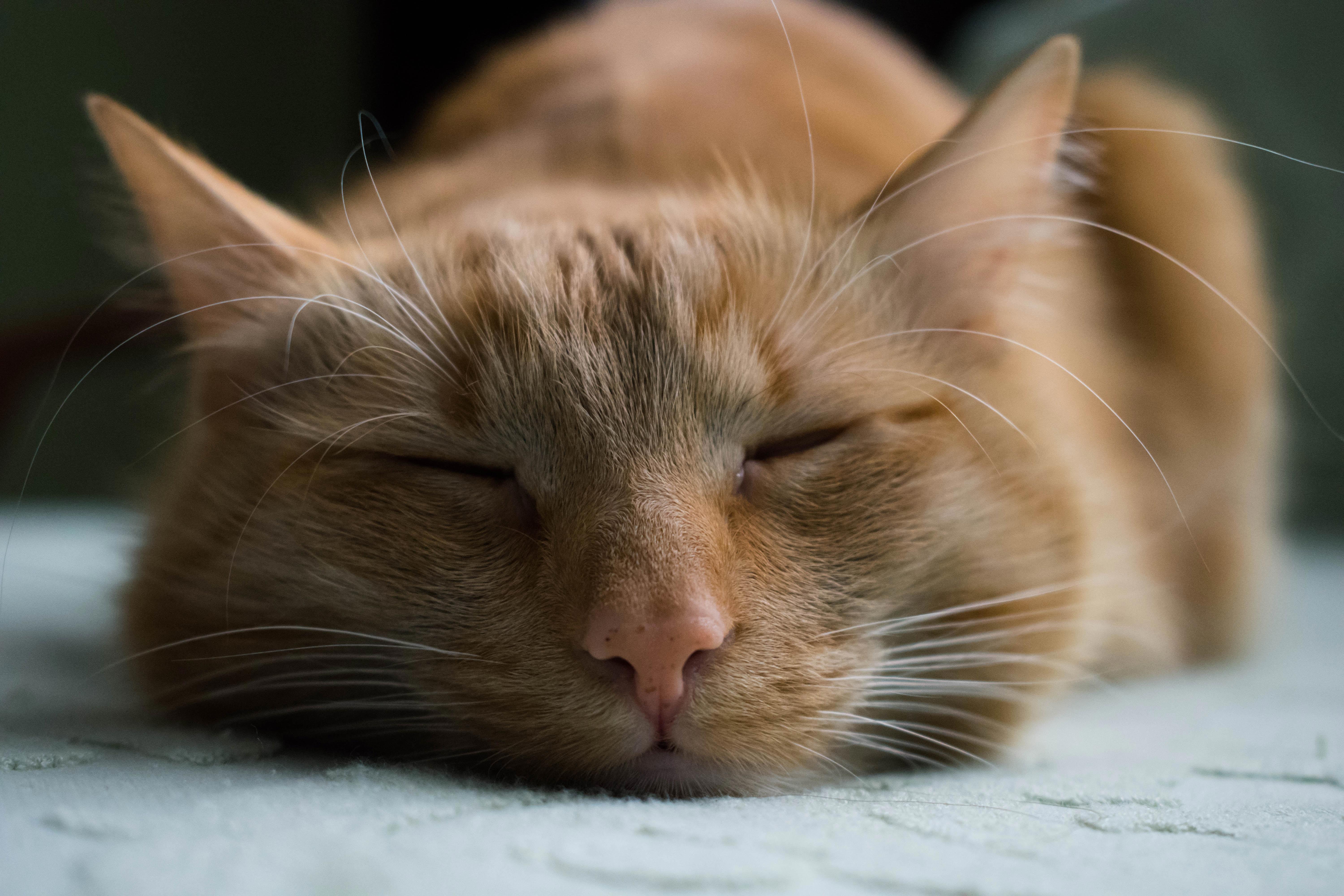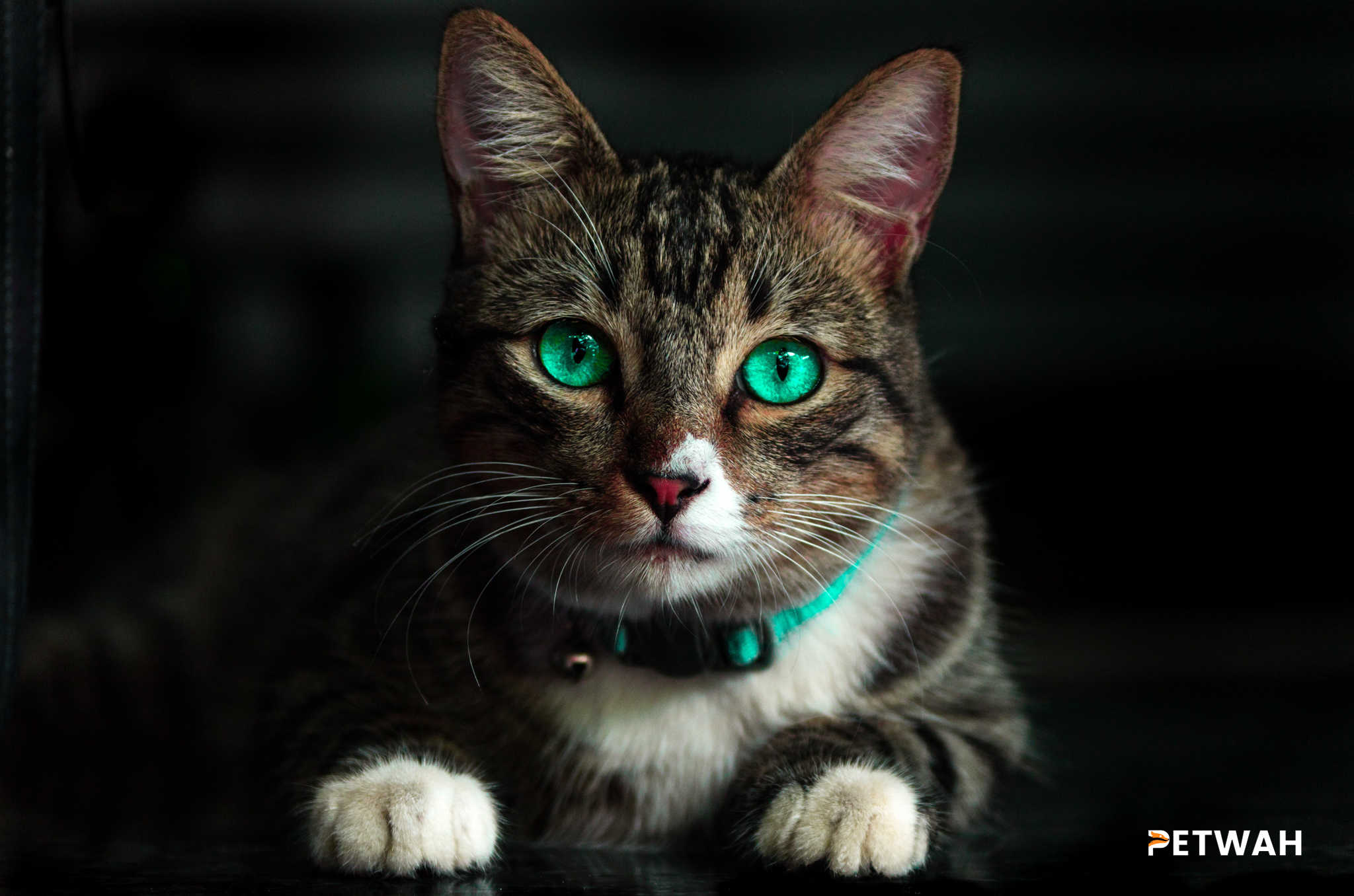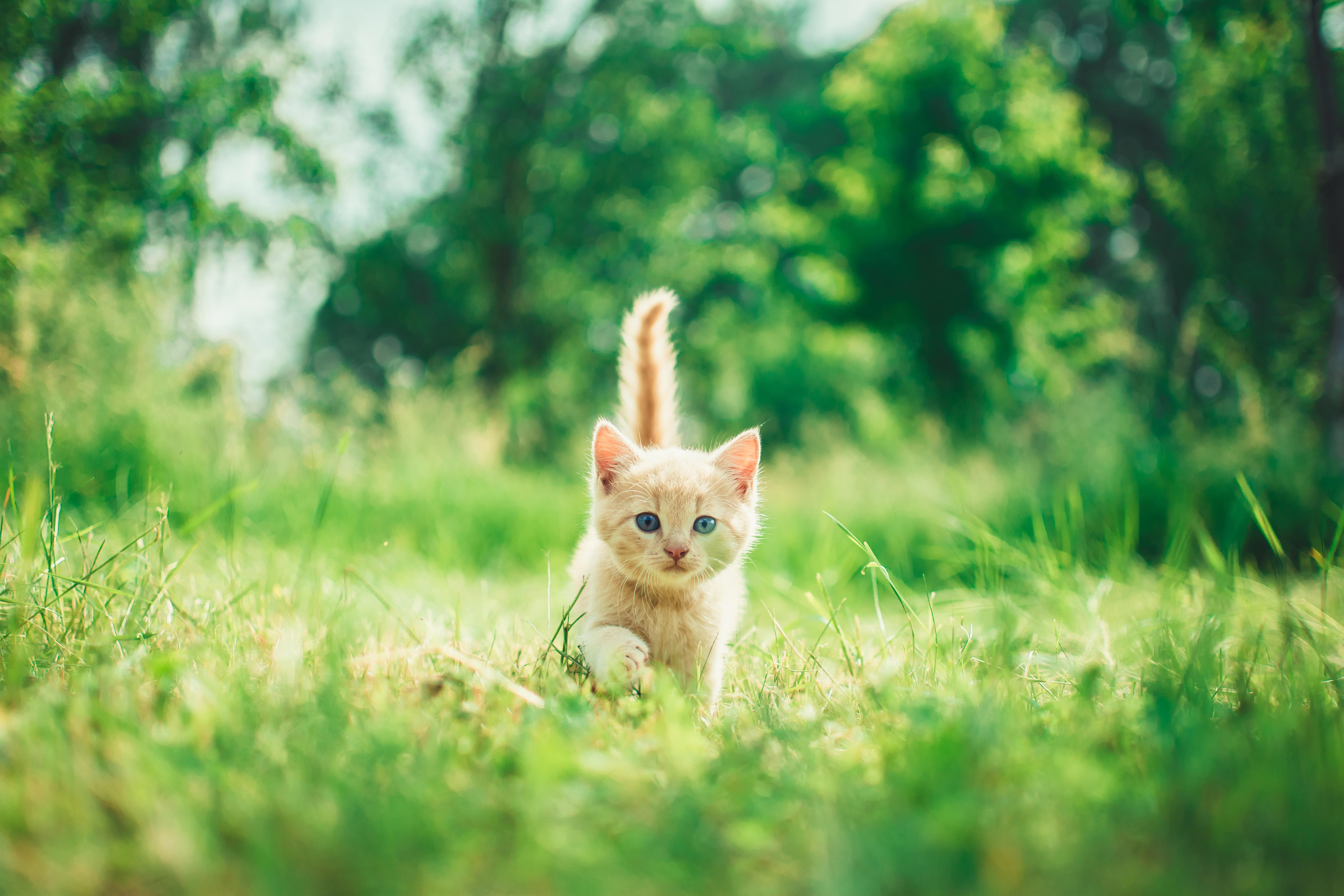As a cat parent, it’s essential to be vigilant about your furry friend’s health. One thing that can be challenging to determine is if your cat is experiencing pain. Unfortunately, cats are masters at hiding discomfort, so it’s up to us to be observant and watch for subtle clues. In this blog post, we’ll explore five signs that your cat may be in pain, so you can take action and provide your feline friend with the care they need.
As a cat owner, it is important to be able to recognize when your feline friend is in pain. Cats are notorious for hiding their discomfort, making it difficult to determine whether they are experiencing any discomfort or not. However, there are some signs that you can watch out for that could indicate that your cat is in pain. Here are 5 signs to watch for:
1. Changes in behavior: Cats in pain may become less active and less sociable. They may also lose their appetite, become more irritable or aggressive, and avoid activities they once enjoyed.
2. Changes in posture: A cat that is experiencing pain may walk with a stiff gait, have difficulty jumping or climbing, and may hold their head or tail differently than usual.
3. Vocalizations: Some cats may meow more than usual, especially when they move, jump, or are picked up. Others may purr excessively, which could be a sign of pain relief, or growl or hiss when touched.

4. Grooming habits: A cat in pain may neglect their grooming routine, leading to a matted coat, or they may over-groom a specific area, causing hair loss or skin irritation.
5. Physical symptoms: There are a range of physical symptoms that could indicate pain in cats, including dilated pupils, rapid breathing, panting, vomiting, and diarrhea.
If you suspect that your cat is in pain, it is important to take them to a veterinarian for a proper diagnosis and treatment. Your vet may recommend pain medication, changes in diet or exercise routines, or other forms of treatment depending on the underlying cause of the pain.
In conclusion, as a cat owner, it is important to pay close attention to your feline friend’s behavior, posture, vocalizations, grooming habits, and physical symptoms. These signs can help you to determine whether your cat is experiencing pain and take appropriate action to provide them with the care they need. Remember, if you suspect that your cat is in pain, don’t hesitate to consult with your veterinarian for professional advice and treatment.
In conclusion, recognizing the signs of pain in your cat is crucial for their health and well-being. Whether it’s a change in behavior or a physical symptom, it’s essential to pay attention to your cat’s body language and actions. If you suspect your cat is in pain, don’t hesitate to seek veterinary care. Remember, as a cat parent, you are your cat’s best advocate. By being proactive and attentive, you can ensure that your feline friend gets the care they need and deserves.







